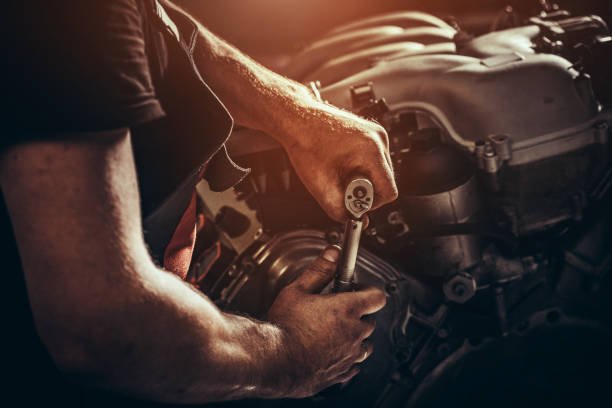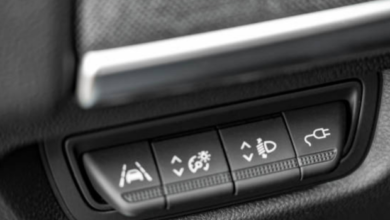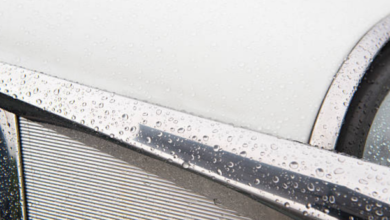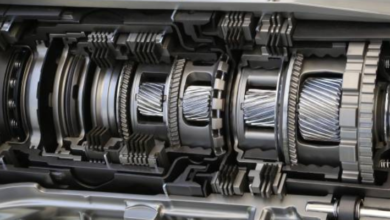Manual Transmission Vs Automatic Transmission

Manual Transmission:
Standard transmission, often called manual transmission, give the driver a chance to be close to the performance of the car, but they also offer a more engaging driving experience. With a manual transmission, the driver exerts full power over gear changing, the engagement of the (clutches, and)the pace control of the engine. Throwing gears essentially means engaging a gear lever usually located near the steering column, and working with the clutch pedal which is situated next to the brake and the accelerator pedal. This highly-engaged experience for driving enables the drivers to have a heartier relationship with the vehicle, as they really do the actions and thus are in charge of all the situation on the road, anticipating the next gear change and maximizing the power output. Driver who cares more about experience of driving and performance will usually choose manual transmission because with it they can configure their car for maximum fuel efficiency and low maintenance.
Maintaining a manual transmission is considered as a less complicated matter as compared to the automatic transmission that can result in the vehicle’s longevity and reliability. Manual transmissions tend to be less overwhelmed with the hydraulics and electronic components as compared to automatic transmissions which make them less prone to failure and simplify repairs. Besides, the fuel efficiency of the manual transmissions is often better because in them there are made no power losses due to the torque converters which are present in the automatic transmissions. What is novel and priceless, however, in using a manual transmission is that it requires skill and coordination: you have to learn that. Many drivers, although, consider the whole process fun and challenging, enjoy the feeling of power and invigoration and so they keep repetitively doing that. In all, manual transmissions are widely regarded as a favorite option among true driving aficionados and those looking for a more hands-on, engaging and intimate riding experience.
Automatic Transmission:
Automatic transmission is a type of transmission that is considered to be a convenient and easy to use alternative to manual gears, since one does his transmission without the need for shifting gears. Instead of making downshifts with human hands, an automatic transmission utilizes a highly complex hydraulic system, with planetary gear trains and electronic controls to power shift smoothly according to the revolutions each wheel is making or the quantity of load in the vehicle. Consequently, this semi automatic hands-free setting makes driving more simplified, as drivers can focus more on the road ahead while they don’t get distracted by the gearing tranfers that must be handled. The driver is subjected to a constant but even, free from vibration acceleration or deceleration when the automatic gear mode is on, whether it is city commuting or long and monotonous highway driving.
Friendly to use and easy to drive, makes the automatic transmissions a perfect choice option irrespective of any skill levels. One of the most unique features of an automatic transmission is that it replaces the typical interactions we would manually coordinate. Such as distribution of gears based on stop-and-go traffic or open road cruising, the automatic transmission just adaptably switches to the most favourable one smoothly. What is worth noting as well is the fact that automatic transmissions give convenience for drivers who suffer physical limitations or simply those who wish to have a more relaxed driving and do not desire to shift. Differing from manual transmission in the way of performance and fuel efficiency, but in return for more convenience and comfort of new automatic transmission tools such as CVTs and DCTs, optimizes the drive to reach the objective. In the end, automatic transmission types still remain popular amoung various classes of drivers as a choice for ease of use and trouble -free performance.
Conclusion:
The debate over which transmission is better—manual or automatic—entails factors of personal preferences and the drivers purpose. Manual transmission has relayed more control and engagement to the drivers and is the most preferred option among driving aficionados. On the other hand the automatic transmissions, which are more relaxed and convenient, frequently used for city commuting as well. At the end of the day, it is actually a matter of personal taste or driving style as well as the purpose for which the car will primarily be used.




